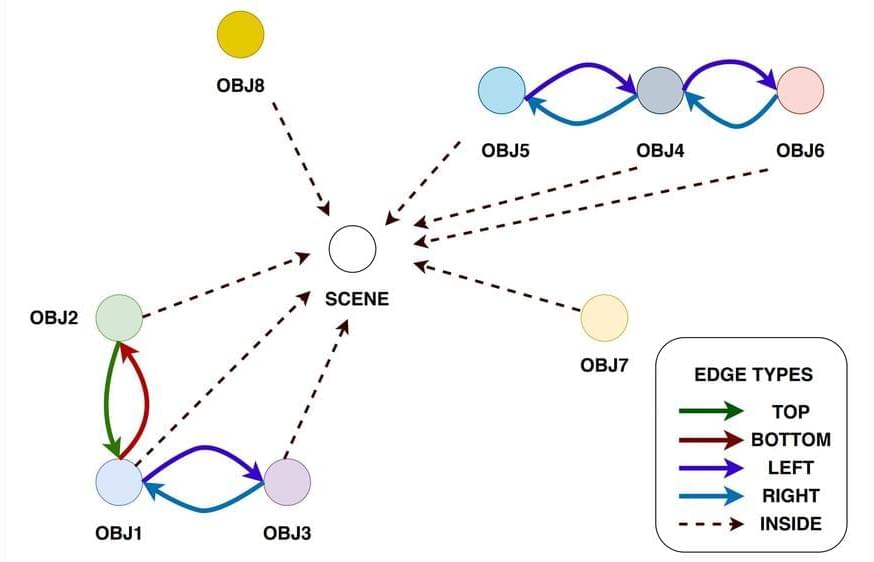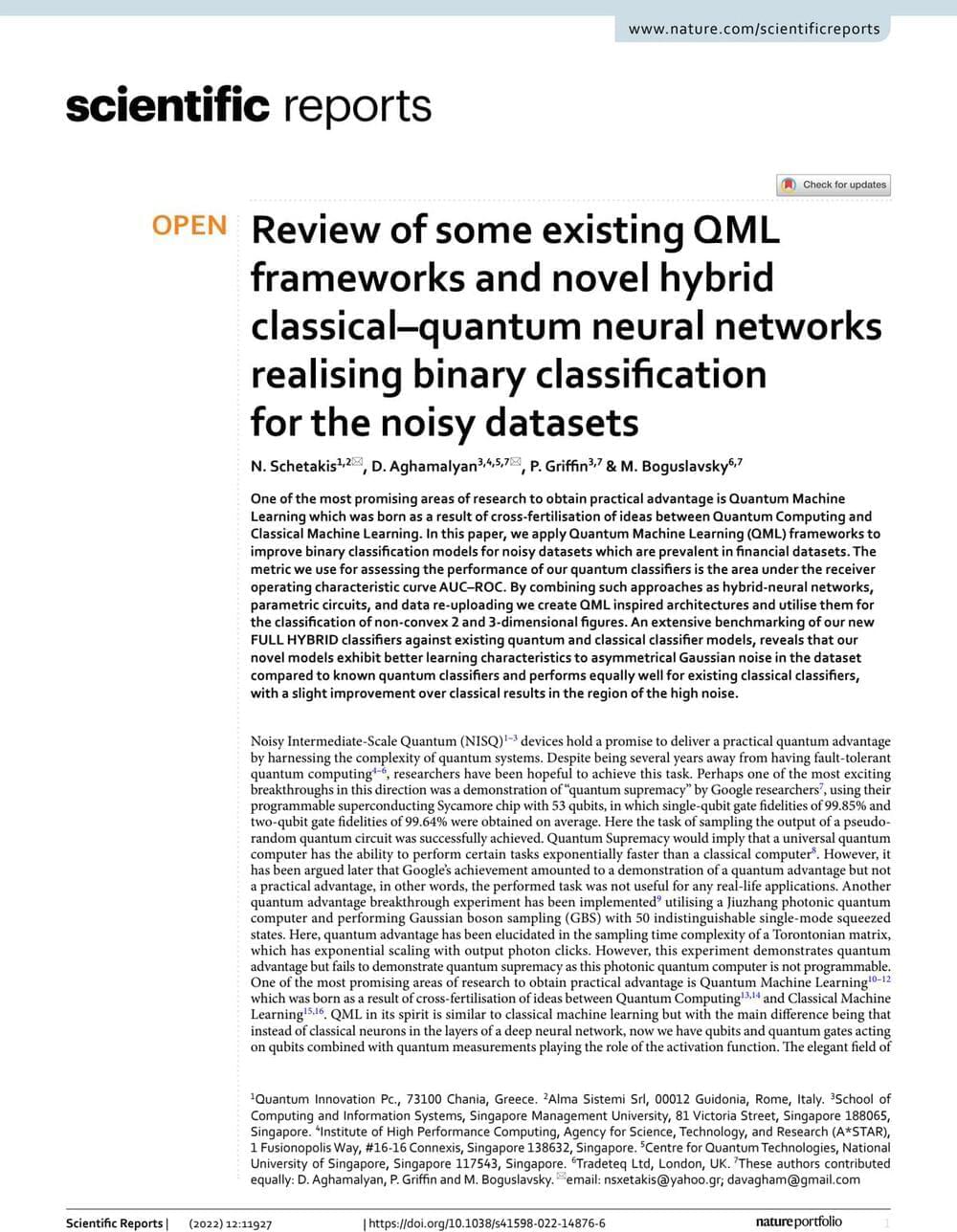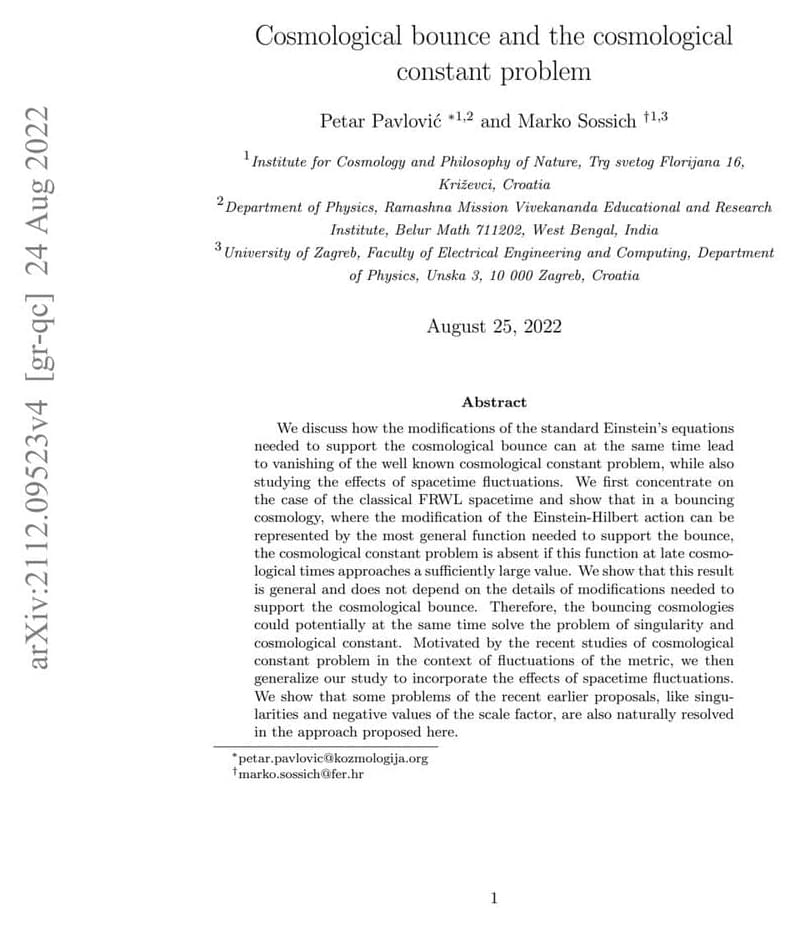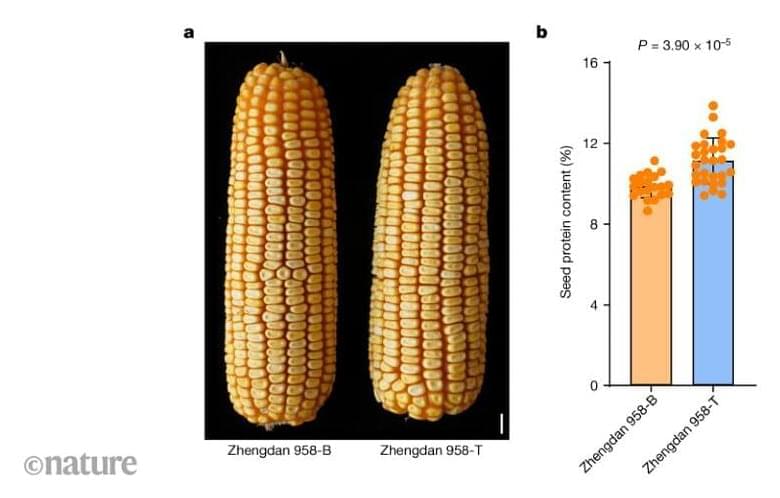After a rigorous evaluation, UPSIDE Foods has become the first company to gain regulatory approval from the U.S. Food and Drug Administration (FDA) for a cellular agriculture product grown from animal cells.




‘I was one of the world’s greatest fundraisers; now I’m the fallen wreckage of one.’
Sam Bankman-Fried (SBF), the former chief executive of the bankrupt cryptocurrency exchange Futures Exchange (FTX), has asserted that FTX is still solvent and plans to raise money even while the formal bankruptcy procedure is underway.
“I have 2 weeks to raise $8 billion; that’s basically all that matters for the rest [of] my life.” he wrote, responding to a question about his plans.
Tom Williams/CQ-Roll Call, Inc/Getty Images.
In a Twitter chat with the Vox news reporter on Wednesday, the fallen chief showed defiance, claiming that raising $8 billion to compensate account holders is currently his top priority.

Visit https://brilliant.org/isaacarthur/ to get started learning STEM for free, and the first 200 people will get 20% off their annual premium subscription.
Many have believed Earth might have a spirit, but Lovelock’s Gaia Hypothesis contemplates this as a scientific possibility. Could our world be alive itself?
Visit our Website: http://www.isaacarthur.net.
Support us on Patreon: https://www.patreon.com/IsaacArthur.
Support us on Subscribestar: https://www.subscribestar.com/isaac-arthur.
Facebook Group: https://www.facebook.com/groups/1583992725237264/
Reddit: https://www.reddit.com/r/IsaacArthur/
Twitter: https://twitter.com/Isaac_A_Arthur on Twitter and RT our future content.
SFIA Discord Server: https://discord.gg/53GAShE
Listen or Download the audio of this episode from Soundcloud: Episode’s Audio-only version: https://soundcloud.com/isaac-arthur-148927746/living-planets-the-gaia-hypothesis.
Episode’s Narration-only version: https://soundcloud.com/isaac-arthur-148927746/living-planets…ation-only.
Credits:
Living Planets: The Gaia Hypothesis — Is Earth Alive?
Science & Futurism with Isaac Arthur.
Episode 369, November 17, 2022
Written, Produced & Narrated by Isaac Arthur.
Editors:
Lukas Konecny.
Cover Art:




Visit our sponsor, Brilliant: https://brilliant.org/IsaacArthur/
According to modern cosmology, one day all the stars will burn out and the Universe will be full of dead planets, black holes, and other stellar remnants, slowing decaying till entropy brings the Heat Death of the Universe. But could this fate be postponed or even reversed?
Visit our Website: http://www.isaacarthur.net.
Support us on Patreon: https://www.patreon.com/IsaacArthur.
SFIA Merchandise available: https://www.signil.com/sfia/
Social Media:
Facebook Group: https://www.facebook.com/groups/1583992725237264/
Reddit: https://www.reddit.com/r/IsaacArthur/
Twitter: https://twitter.com/Isaac_A_Arthur on Twitter and RT our future content.
SFIA Discord Server: https://discord.gg/53GAShE
Listen or Download the audio of this episode from Soundcloud: Episode’s Audio-only version: https://soundcloud.com/isaac-arthur-148927746/postponing-the…e-universe.
Episode’s Narration-only version: https://soundcloud.com/isaac-arthur-148927746/postponing-the…ation-only.
Credits:
Postponing the Heat Death of the Universe.
Episode 225; Feb 13, 2020
Writers: